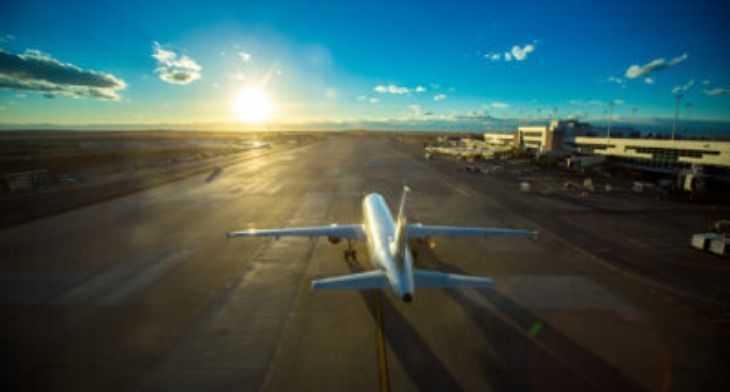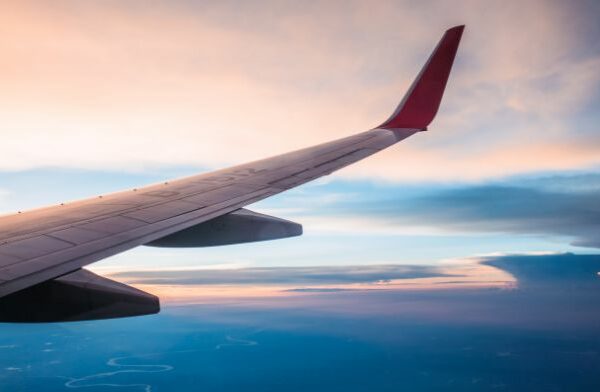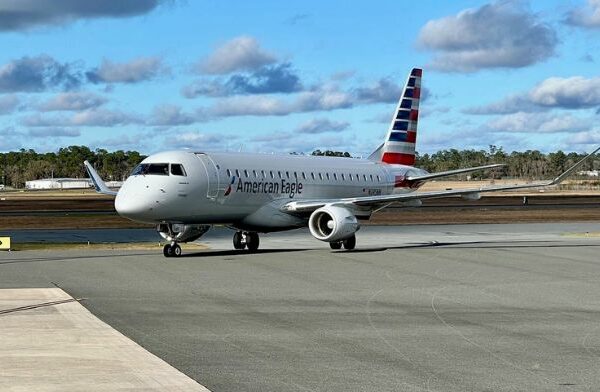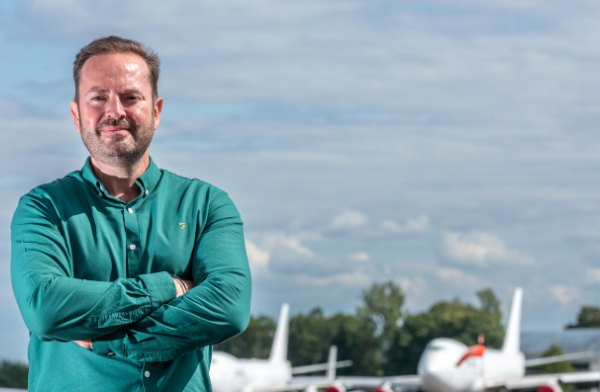The New Year began with media outlets in the UK hailing the approval of two vaccines in the fight against COVID-19 and the widespread introduction of an immunisation programme for the British population. While it’s still early days it may well be the start of the long road to getting back to a new ‘normal’ not just here in the UK but globally.
Perhaps mirroring this new positive outlook, Boeing’s 737 MAX returned to service after its grounding in March 2019 with the first commercial flight on 29 December, from Miami to New York LaGuardia Airport, performed by American Airlines. This flight followed the return of the MAX into service with Aeromexico and Brazil’s Gol airlines.
Surprisingly, the American Airlines flight was performed with little fanfare and was sparsely covered across the wider media, which is perhaps how it should have been, given the sensitivity of the tragedy that occurred in 2019.
It’s now a case of watching how other operators around the world re-introduce the MAX back into their ranks and how long this will take given the reduced passenger numbers and the need for MAX pilots to undergo an FAA-mandated and approved training. This will include computer-based training, classroom briefings and time on a 737 MAX simulator. It’s a long list that all MAX pilots will have to undergo prior to getting back into the cockpit. How many pilots will complete the training remains to be seen, given that more than one airline slashed its flight crew numbers in order to reduce salary costs so they could remain afloat in 2020.
The first quarter of 2021 looks set to be extremely busy for those airlines who currently have a fleet of Boeing 737 MAX aircraft stored on taxiways. It’s a case of CEO’s deciding when the time is right to get the jets back into the air and ensure that they are full of passengers when they do. But there’s the need to get each aircraft certified, which the FAA is retaining the authority to issue airworthiness certificates for all new build MAX aircraft that have been manufactured since the grounding. Those that were built prior to the accidents are currently undergoing modification and upgrading of their software systems. It’s going to be a fine balancing act and a challenge but hasn’t the last year away from commercial aviation been the same for everyone?
It appears that there’s finally a light at the end of the runway and we’re all now making our way towards it.










